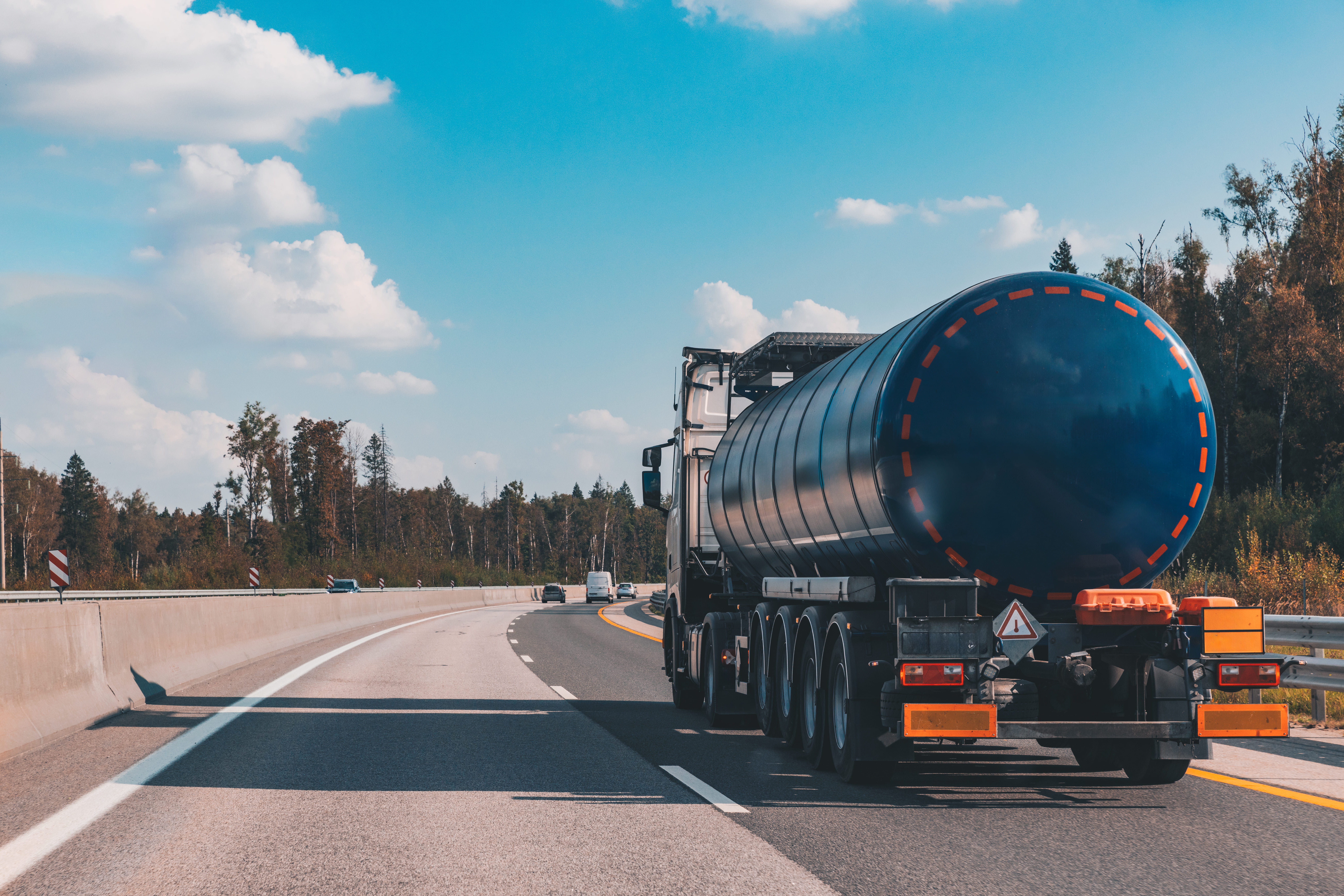Major accidents: regulations for companies at risk.
The accident that occurred in Seveso in 1976 triggered an extremely important regulatory process in the hazardous goods sector, also focusing on the concept of major accidents and related legislation.
Following the dramatic event, it became clear that the presence of establishments using or holding chemical substances for their production activities can entail industrial risks for the population and the surrounding environment. The reference legislation, therefore, aims to define the criteria for identifying major accidents and to establish the procedures that companies must follow to ensure the safety of employees and the environment.
Companies at risk of major accidents
The legislation in force today concerns Legislative Decree No. 105 of 26 June 2015 (Seveso III) and identifies companies at risk of major accidents. These companies are characterised by the presence of chemical substances in quantities equal to or greater than the values specified in Annex I° of the Decree.
Based on these values, companies subject to this legislation are divided into two main categories: 'lower threshold' establishments and 'upper threshold' establishments, depending on the quantities of hazardous goods handled.
Belonging to one of the groups may result in the application of specific safety measures and more stringent procedures to ensure the protection of individuals and the environment.
Regulatory obligations include risk assessment, implementation of preventive measures, emergency planning and the reporting of major accidents to the competent authorities.
What is a major accident
A 'major accident' is an event of considerable severity that can be of a different nature, such as a fire, explosion or uncontrolled substance release, occurring in an establishment subject to industrial safety laws. This type of accident represents a critical, high-risk situation, as it can endanger the health of people and the surrounding environment.
Major accidents can be triggered by various factors, including human errors, mechanical failures, safety system malfunctions or unforeseen situations. Due to their unpredictability and possible devastating impact, they require great care by companies handling hazardous goods.
The types of possible accidents and their effects
Depending on the characteristics of the substances present in establishments, three types of major accidents may occur, each with different risk implications:
- fire, when an uncontrolled fire develops inside the establishment;
- explosion, when a violent release of energy takes place;
- emission and/or spread of toxic substances, in which hazardous goods are released into the surrounding environment.
The extent and severity of the effects of such an accident depend on various factors, including the exposure of the people involved and the distance from the accident site. In addition, the protective measures taken by companies can greatly influence the extent of the damage caused.
To assess the potential effects of an accident, companies use a classification based on the magnitude of the impacts:
- first zone, of safe impact: this is the area where the greatest damage is expected in the event of an accident;
- second zone, of damage: area surrounding the first zone;
- third zone, of attention: this is the largest area that still requires vigilance.
The emergency plan
To ensure an effective response in the event of an emergency resulting from a major accident, it is essential to have adequate emergency plans in place.
1. Internal Emergency Plan (IEP)
Specific plan for each company, compulsory only for those above a certain threshold of substances considered potentially hazardous goods. It must define internal emergency procedures, prevention measures, employee evacuation and other activities necessary to deal with critical situations within the company.
2. External Emergency Plan (EEP)
Prepared by the Prefect and governed by Article 21 of Legislative Decree No. 105 of 26.6.2015, it concerns above-threshold companies and establishes how the local authorities and external emergency services are to intervene in the event of a major accident.
In addition to these two plans, it is important to have a Municipal Civil Protection Plan, a plan organised at municipal level with the aim of coordinating civil protection resources and actions in the event of a major accident.
Want to stay up-to-date on the dangerous goods sector? Explore our blog and contact us for information on our services.
News.
STAY UP TO DATE ON HAZARDOUS GOODS AND THE CHEMICAL SECTOR
The world of hazardous goods transportation is constantly evolving, as are the regulations affecting the shipment and logistics of hazardous substances and chemicals. Stay up-to-date with our industry articles.

 Registered office: Viale Etiopia, 5 - 20146 Milano (MI)
Registered office: Viale Etiopia, 5 - 20146 Milano (MI)












